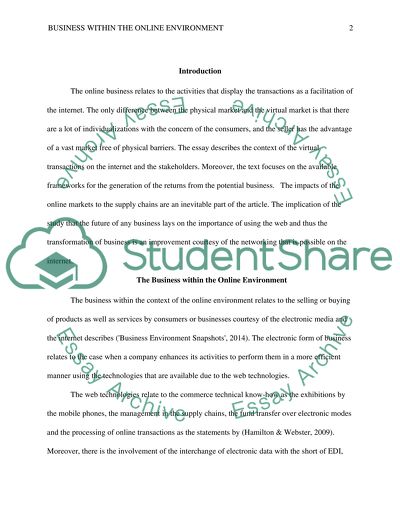Cite this document
(“The Role of E-Commerce Technology and the Impact of E-Commerce on the Essay”, n.d.)
Retrieved from https://studentshare.org/e-commerce/1702390-the-role-of-e-commerce-technology-and-the-impact-of-e-commerce-on-the-supply-chain
Retrieved from https://studentshare.org/e-commerce/1702390-the-role-of-e-commerce-technology-and-the-impact-of-e-commerce-on-the-supply-chain
(The Role of E-Commerce Technology and the Impact of E-Commerce on the Essay)
https://studentshare.org/e-commerce/1702390-the-role-of-e-commerce-technology-and-the-impact-of-e-commerce-on-the-supply-chain.
https://studentshare.org/e-commerce/1702390-the-role-of-e-commerce-technology-and-the-impact-of-e-commerce-on-the-supply-chain.
“The Role of E-Commerce Technology and the Impact of E-Commerce on the Essay”, n.d. https://studentshare.org/e-commerce/1702390-the-role-of-e-commerce-technology-and-the-impact-of-e-commerce-on-the-supply-chain.


